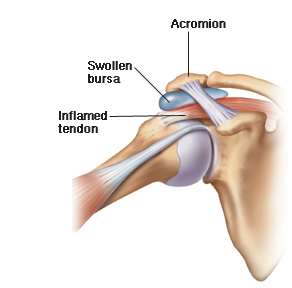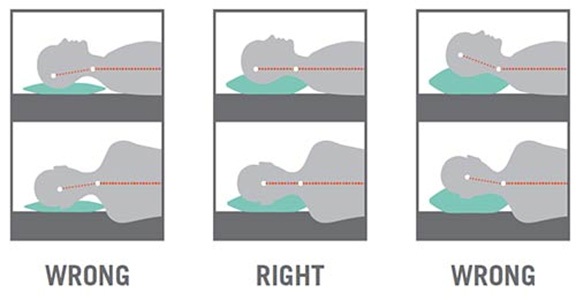
Can you YMCA with that Shoulder?
May 17, 2015
Sleeping ergonomics – Achieving the best sleeping posture
August 30, 2015A phenomenon called intermitten t fasting is currently one of the world’s most popular health and fitness trends. It is an eating pattern where you cycle between periods of eating and fasting. It does not say anything about which foods to eat, but rather when you should eat them.
t fasting is currently one of the world’s most popular health and fitness trends. It is an eating pattern where you cycle between periods of eating and fasting. It does not say anything about which foods to eat, but rather when you should eat them.
There are several different intermittent fasting methods, all of which split the day or week into eating periods and fasting periods.
Most people already fast every day, while they sleep. Intermittent fasting can be as simple as extending that fast a little longer. One can do this by skipping breakfast, eating your first meal at noon or 1 pm and the last meal at 8 or 9 pm. Then you’re technically fasting for 16 hours every day, and restricting your eating to an 8-hour eating window. This is the most popular form of intermittent fasting, and is known as the 16/8 method.
Despite what you may think, intermittent fasting is actually fairly easy to do. Many people report feeling better and having more energy during a fast. But again its all relative and every body is different. Hunger is usually not that big of an issue, although it can be a problem in the beginning, while your body is getting used to not eating for extended periods of time. No food is allowed during the fasting period, but water, coffee, tea and other non-caloric beverages are allowed.
Some forms of intermittent fasting allow small amounts of low-calorie foods during the fasting period. Taking supplements is allowed while fasting, as long as there are no calories.
Why should you Fast?
Clearly, there is nothing “unnatural” about fasting, and our bodies are very well equipped to handle extended periods of not eating. All sorts of processes in the body change when we do not eat for a while, in order to allow our bodies to thrive during a period of famine. It has to do with hormones, genes and important cellular repair processes.
When fasting, we get significant reductions in blood sugar and insulin levels, as well as a drastic increase in human growth hormones. Many people do intermittent fasting in order to lose weight, as it is a very simple and effective way to restrict calories and burn fat. Others do it for the metabolic health benefits, as it can improve various risk factors and health markers.
Some research also suggests that it can help protect against diseases, including heart disease, type 2 diabetes, cancer, azheimer’s disease and others. Other people simply like the convenience of intermittent fasting because it makes your life simpler, while improving your health at the same time. The fewer meals you need to plan for, the simpler your life will be. Right?
Not having to eat around 3 times/day with the preparation involved also saves a lot of time.
Types of Intermittent Fasting
Intermittent fasting has become very trendy in the past few years, and several different types and methods have emerged.
Here are some of the most popular ones:
- The 16/8 Method: Fast for 16 hours each day, for example by only eating between noon and 8pm.
- Eat-Stop-Eat: Once or twice a week, don’t eat anything from dinner one day until dinner the next day (so its a 24 hour fast).
- The 5:2 Diet: Pick 2 days of the week and eat only about 500-600 calories.
I have once followed the 16/8 method and found it easy to stick to.
Conclusion?
As long as you stick to healthy foods, restricting your
eating window and fasting from time to time can have some very impressive health benefits. It is an effective way to lose fat and improve metabolic health, while simplifying your life at the same time.
Hala Barghout

